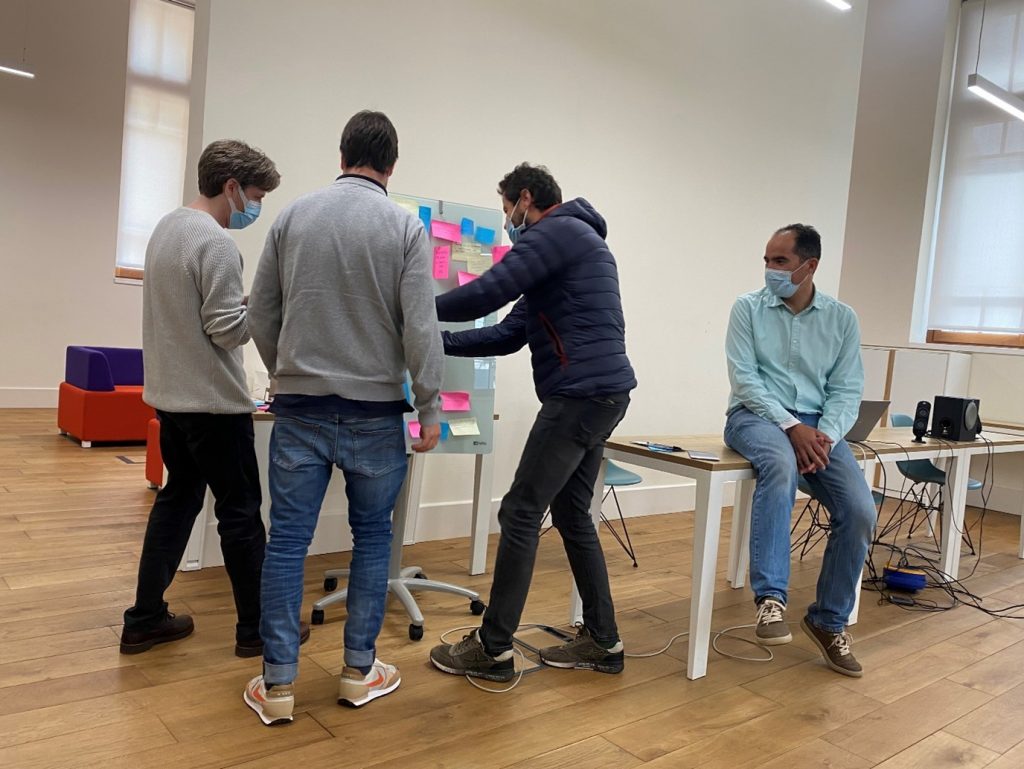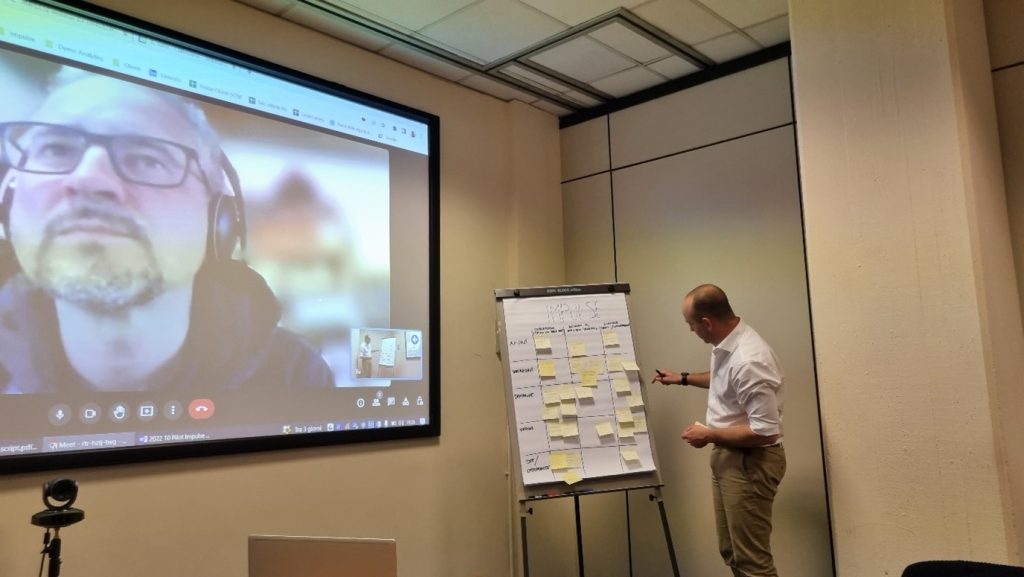by Jiri Musto – LUT University
The IMPULSE solution is being tested in five different countries that have different social and socio-technical structures. During the co-creation activities developed by LUT university team and executed in each case site, it was found out that these different environments have a lot of similarities amongst them. Based on the observations and conversations with the partnering organisations, we found common ground for the piloting case sites.
Building grounds for co-creation
The aim of co-creation is to involve the citizens and end users with the development process. For this, it is necessary that the people involved represent the diversity of the local site as much as possible to be able to consider the wide range of users. It is vital to identify all relevant stakeholder groups as early as possible and be prepared to invite people for the joint design activities. The recruitment and co-organisation of the co-creation activities will determine the success or failure.

For example, as participation was designed to be fully online but in one case, the target group had limited access to the internet. This led to the public administration to invite people working with the target group to rather than the target group itself, which meant that the information gathered from the participant may not fully represent the actual target group.
Balance the simplicity and structure of the co-creation activities
For the co-creation activities, the LUT team provides the templates to each of the case sites. Due to the differences between these case sites, the templates for different co-creation activities were generalised and exploratory in nature so they could be executed in a similar fashion across various locations.
The templates were made to be easily adopted by the local facilitators from public organisations and to be executed in a straightforward way. The activities were designed to be suitable for on-site and remote execution.

While the remote option was available, most case sites opted to use on-site version as they felt that participants would be more comfortable with physical participation. The on-site activities enabled better and direct interaction with participants and there were less technical or communication issues.
While the template offered less restrictions to the case sites, this freedom would also result in a lot of heterogenous data that can be difficult to process and quantify. However, the discussion was seen more fruitful without overly relying on collaboration tools and a written script.
Present something tangible
If there is not anything tangible to present for the participants, it is difficult for them to grasp the idea and objective of the activities. Especially when the main objective is to test and evaluate new and complex technologies, such as an eID solution for public services. Not being able to interact with the technology will shift the focus to more abstract and general perceptions of such technologies. This kind of difference has been evident when comparing two different co-creation activities, one run with only an explanation of the IMPULSE solution and another where participants could physically test the solution. The first activity produced comments on how people perceived the technology and were partially led by the organiser. However, when participants were able to actually test the solution, they had different ideas and comments, and the participants were no longer worried about the same things as in the first activity.
Being able to interact with something tangible will lead to more concrete ideas and results that may be more relevant to the developers. When participants cannot interact with something tangible, the participants are more focused on a general level to the problem, but those problems may not be related to the actual solution itself but rather how the participants envision it.

Who? What? Where? When? Why? How?
The six basic questions for gathering information that should be somehow answered. However, you need to be careful from whose perspective these questions are asked and how they are framed.
In the case of a technology, these questions could be framed in the following way:
- Who is this for? Is this for me or for other people?
- What is this for? What is the purpose of this technology to me?
- Where is this used? Where can I use this? A country, a shop, one service?
- When is this used? When am I supposed to use this?
- Why is this used? Why should I use this?
- How is this used? How am I supposed to use this?
The same questions can be framed in different ways but there should always be a specific perspective and focus. Asking these questions from developers would provide goals for the product, while asking the same questions from the user would provide expectations for the product. It is important to align the goals of the developers with the expectations of users.
In some cases, it may be important to focus more on specific questions and not everything equally. Especially from the user’s perspective, it may be more important to understand why and how something is used rather than what it is used for. Citizens especially are part of a wider network and being able to educate and convince them to use something is more rewarding in the long run than explaining what something is used for. The co-creation activities help in collaborative design and place the users in an equal standing with other stakeholders, making them an integral part of the overall development process.
